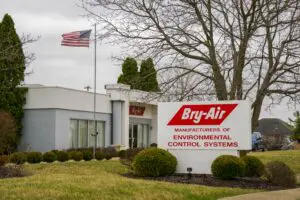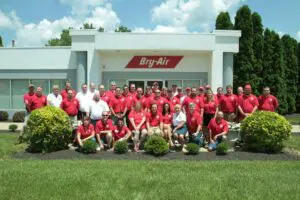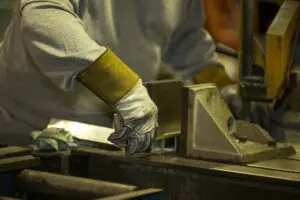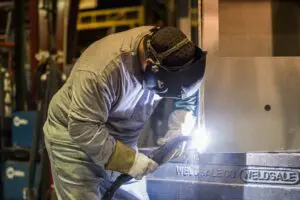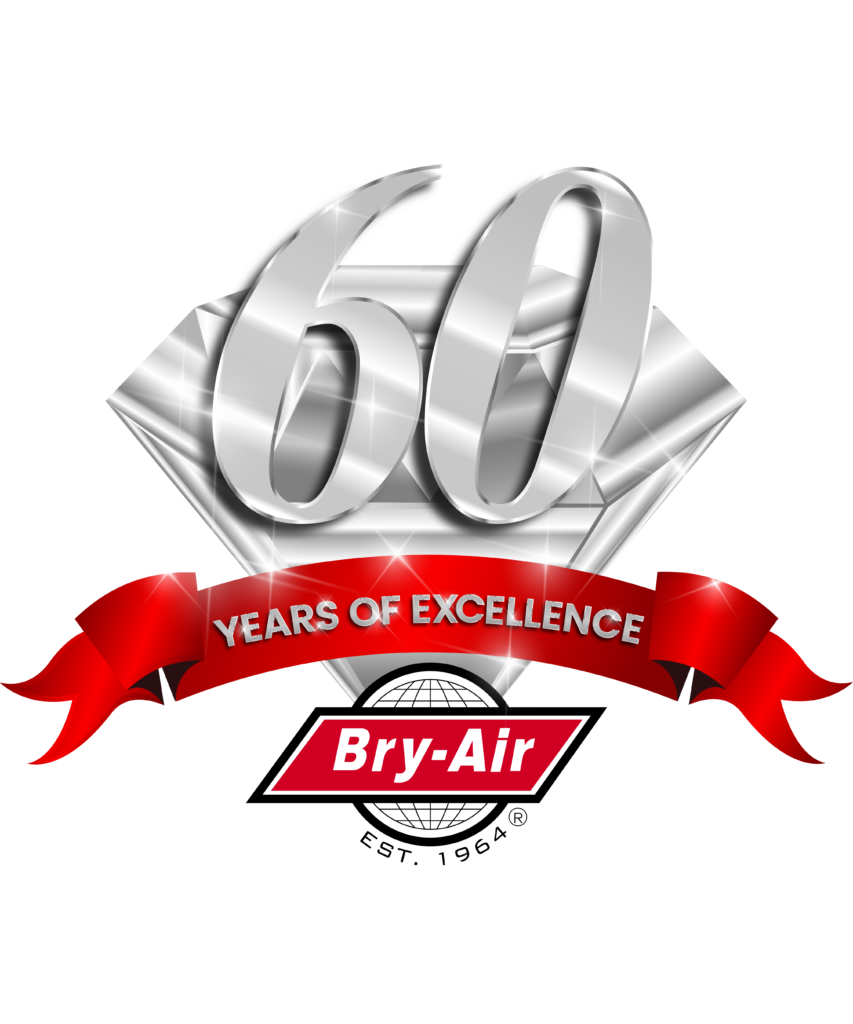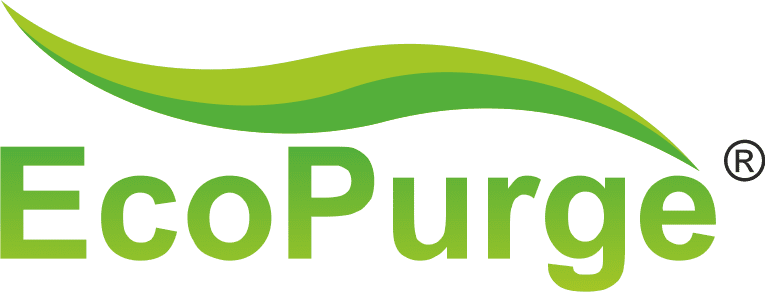Maintaining the right humidity levels is critical for semiconductor manufacturing and assembly. At Bry-Air, with over 50 years of experience in environmental control systems, we often get asked – what is the ideal humidity range? In this article, we’ll explore the effects of humidity on semiconductor assembly and provide clear guidelines on the optimal levels to target.
Why Humidity Control Matters
During assembly, semiconductor components like chips and PCBs (printed circuit boards) are extremely vulnerable to moisture. High humidity can lead to condensation and water absorption, causing corrosion, electrical shorts, and device failures down the line. On the other hand, humidity that is too low can generate damaging static electricity discharges in manufacturing tools and materials.
Controlling cleanroom humidity to a strict optimal range protects component quality and minimizes defects. As the leading global manufacturer of desiccant dehumidifier technology, Bry-Air helps our customers maintain exactly the right humidity no matter the external climate conditions.
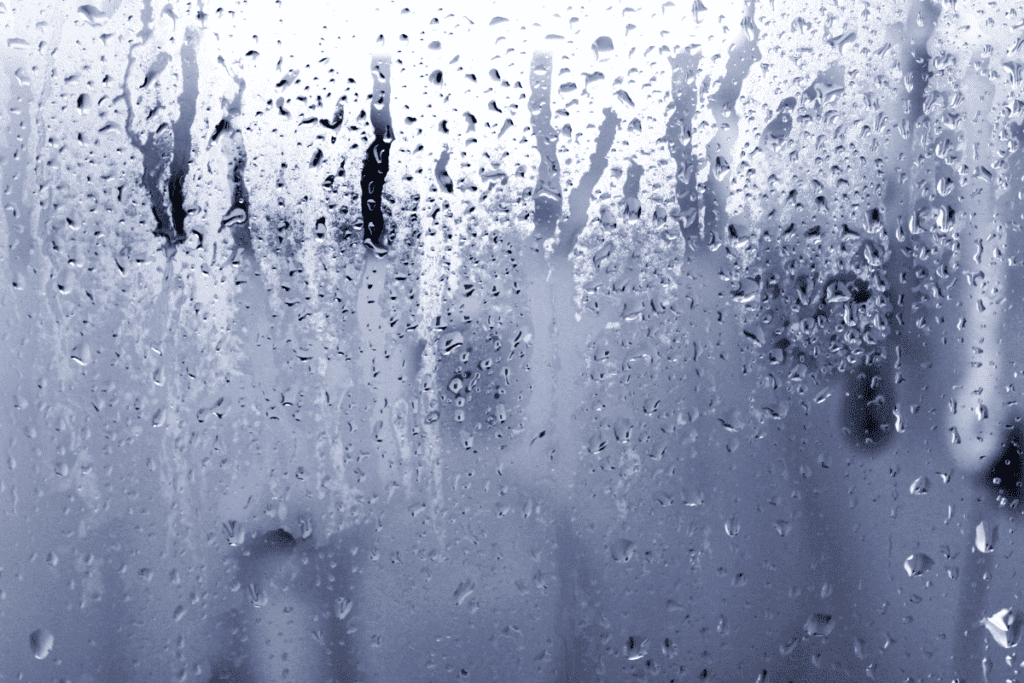
Recommended Cleanroom Humidity Range
For semiconductor fabs and assembly facilities, the recommended relative humidity range is 35-45% RH. Facilities with sensitive processes may target an even tighter band around 40% RH. This balance prevents issues from moisture while also mitigating static electricity buildup.
Humidity levels are also critical during wafer transportation in clear plastic containers and boxes. Uncontrolled condensation can severely damage wafers, so a 40-45% RH range helps here as well.

How Bry-Air Controls Semiconductor Humidity
Bry-Air desiccant dehumidification systems use a rotor filled with silica gel desiccant material to pull moisture from the air. Unlike cooling-based systems, desiccants don’t require chilling air below its dew point, eliminating condensation concerns.
Our adsorption technology also continues functioning even when external humidity approaches 100% saturation. And by adding optional reactivation heaters, Bry-Air systems maintain the target humidity setpoint regardless of seasonal swings.
Integrated Humidity Solutions
In semiconductor fabs, humidity control must integrate with the overall process air handling unit (AHU) infrastructure. Bry-Air offers flexible solutions fitting any equipment lineup:
- Standalone dehumidifiers: Provide humidity control without affecting airflow
- Integrated modules: Combine with cooling coils, fans, and filters in the AHU
- Chilled water systems: Add desiccant coils to existing chilled water loops
Monitoring and automation systems can also connect dehumidification with fab-wide environmental controls. This ensures uptime and rapid response to process disturbances.
Research Confirms 35-45% RH Sweet Spot
Multiple studies have validated the 35-45% RH guideline for electronics manufacturing:
- Intel, MIT, and U.C. Berkeley research found 40% RH optimal for minimizing corrosion and electrochemical migration issues
- Sandia National Labs confirmed 40% RH best prevents tribocharging-related static problems
Bry-Air partners with facilities globally to dial in 40% RH across wafer fabs, packaging lines, and testing areas. Our moisture control technology drives yield and quality while preventing millions in losses from humidity issues.
Take Control of Your Humidity Today
Bry-Air stands ready to evaluate your facility and develop a customized humidity control solution protecting product quality. Contact us today for your free assessment or quote. Our experts are here to help drive yields through optimal moisture regulation.
FAQs
How much does humidity regulation equipment cost?
Capital costs vary based on the solution required for a facility’s size and production. Bry-Air engineers provide free assessments to define an integrated, cost-effective humidity control strategy tailored to your needs.
What humidity measurement methods are best?
Bry-Air recommends utilizing temperature-compensated capacitive sensors to monitor relative humidity. Unlike resistive sensors, capacitive technology provides superior accuracy, repeatability, and reliability in cleanroom environments.
How frequently should we calibrate sensors?
Humidity sensor calibration every 6-12 months ensures measurements remain within specified accuracy parameters. Bry-Air desiccant systems feature advanced sensor diagnostics to automatically alert for recalibration timing.
Can humidity go too low for electronics manufacturing?
Yes, levels below 30% RH present issues from increased static charge. Bry-Air’s dual-wheel desiccant dehumidifiers allow independent energy recovery that helps maintain the 35-45% RH sweet spot without over-drying.

